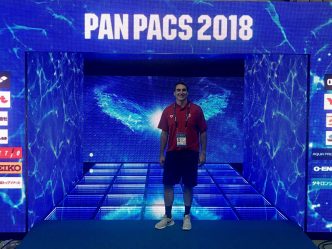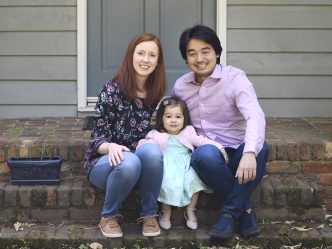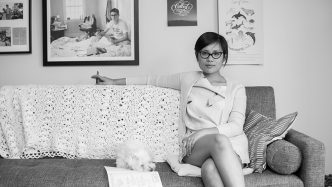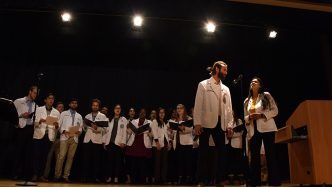The world was watching Sunday night as 31-year-old swimmer Michael Phelps brought home his 19th gold Olympic medal, but the evening’s real stars were the marks on his arms.
The ruddy, circular bruises, which have since become an internet sensation, are the result of a non-invasive treatment known as cupping therapy – a form of traditional Chinese medicine that uses suction to stimulate blood flow and stretch connective tissue.
While the phenomenon might seem like news to the Western world, Wenxin Zhou, associate director of the Confucius Institute at Augusta University, said the treatment is as old as medicine in China.
“Today, we traditionally use bamboo or glass cups,” he said. “But the first cups were made more than a thousand years ago from hollowed out animal horns.”
In those days, Zhou said, physicians filled cups with a flammable substance, such as oil or alcohol, which would then be ignited to expand the container. As the fire died, the physician would place the cooling cup to a patient’s skin, harnessing the escaping heat to create a vacuum. Today, therapists use hand pumps to create a similar effect, but the results are much the same. Once an airtight seal forms between skin and cup, the resulting vacuum pulls skin upward, increasing blood flow to the area while stretching underlying connective tissues.
In China, Zhou said, the treatment is most often used as a supplement for other forms of traditional Chinese medicine, such as acupuncture or Chinese massage.
“Typically, you’ll see acupuncture used first to treat the immediate pain,” Zhou said. “Then, the therapist will apply cups to stretch the skin and increase blood flow to the muscles to supplement the effect.”
Although several Olympians have turned to cupping therapy to increase blood flow to injured muscles, Zhou said from a medical standpoint, he can only vouch for the treatment’s effectiveness as a painkiller.
“It’s a common treatment for cervical spondylosis, neck pain, but doctors also use it to treat sciatic and lumbar pain,” he said. “Some therapists even use it to treat menstrual cramps by cupping the lumbar area.”
An acupuncturist with more than 30 years of experience, Zhou said that while some find cupping effective as a pain management tool, he prefers acupuncture and Chinese massage, personally. As is the case with many forms of traditional Chinese medicine, though, the jury is still out on which – if either – is more effective.
“In my opinion it helps,” Zhou said. “But I understand there isn’t much research on the topic. In China, many scientists don’t see a need to research the benefits; ‘It’s so old,’ they say, ‘everyone knows it works.’”
Cupping therapy is one of several traditional Chinese medicine techniques students can experience as part of the Confucius Institute’s “Introduction to Traditional Chinese Medicine Course.” Open to undergraduate students, the course covers the basics of cupping therapy, acupuncture and Chinese massage and serves as a first look at the practice of Chinese medicine.
The course is also a part of the newly offered Graduate TCM Certificate in Acupuncture, a 19-credit-hour program designed to familiarize Western medical practitioners with Chinese medicinal culture.
For more information, contact the Confucius Institute at Augusta University at 706-721-8399.
Be sure to visit our Olympic page for our latest Olympic-related coverage.
 Augusta University
Augusta University




